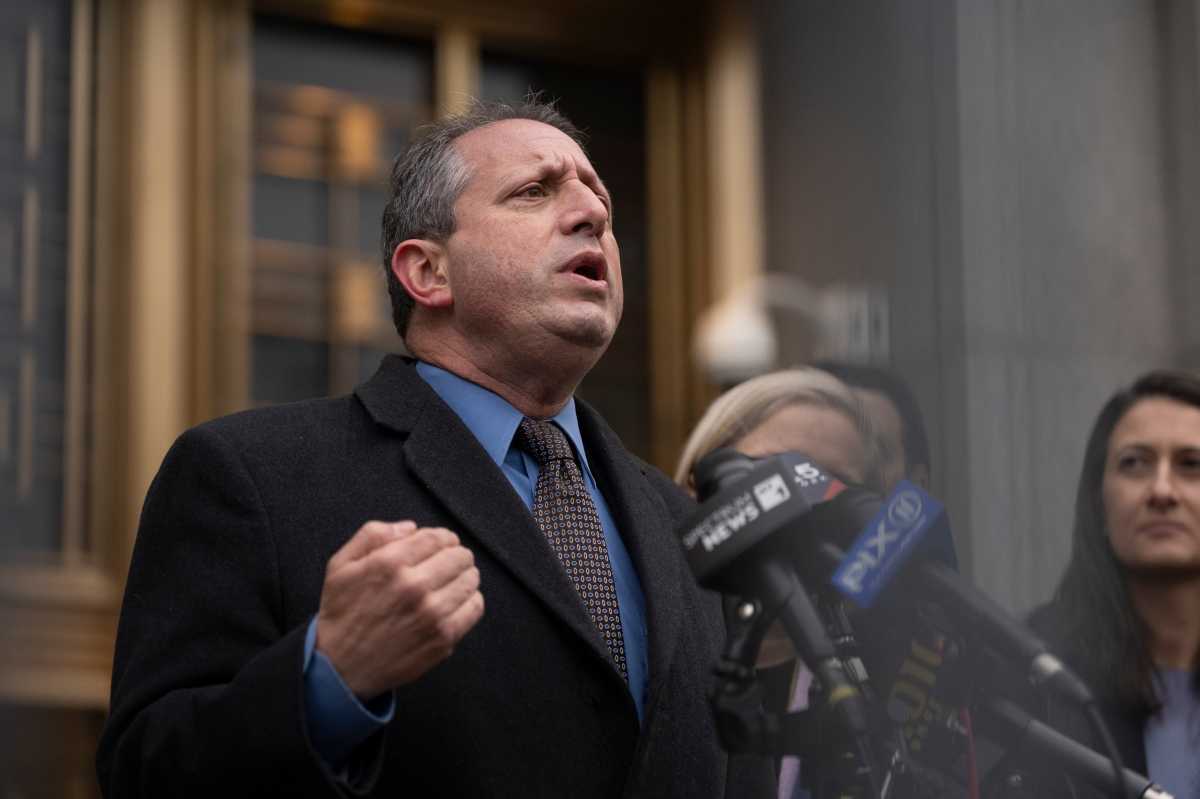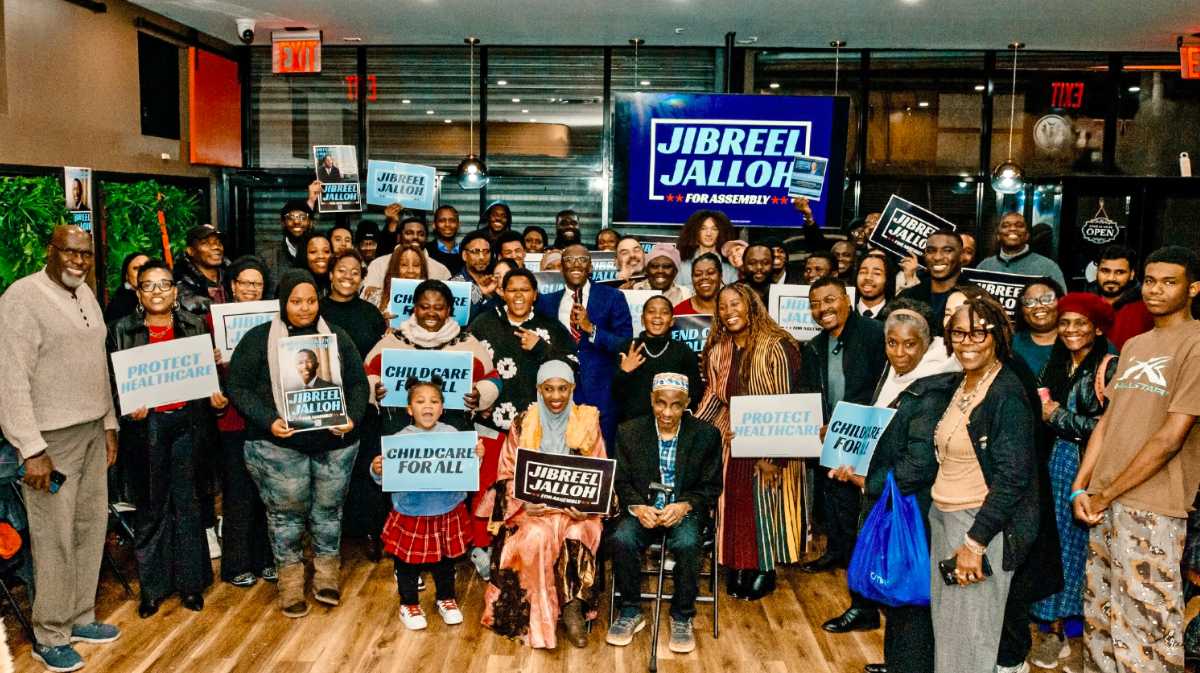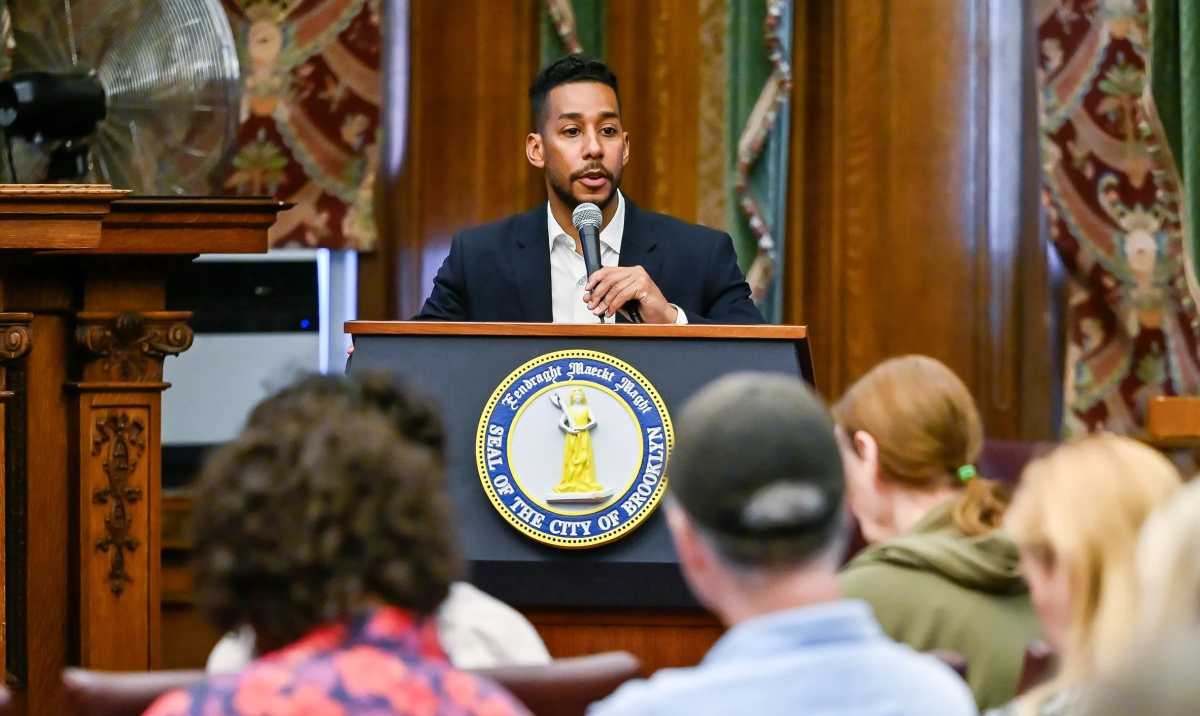“Fight for your land! Fight for your home!” exclaimed the prophetic well-dressed black man standing on a crate behind a contaminated San Francisco Bay. It was this prologue that propelled the audience to the Californian city in The Last Black Man in Francisco, directed by Joe Talbot.
The Sundance favorite and A24 produced American drama follows Jimmie Fails (played by Jimmie Fails) and his friend Montgomery Allen (played by Yale grad Jonathan Majors) as he fights to reclaim his Victorian childhood home built by his grandfather. The film is a commentary on gentrification, water pollution, and how to approach black masculinity.
As an avid “cinephile,” I took my time visually dissecting the different elements this film presents- the score, the cast, the dialogue, the cinematography, the space. Very rarely does a film sends an invitation to black and brown spectators even with Hollywood undergoing this profitable desire for diversity. We see our bodies, but serving as a vessel for misrepresentation, stale character development, or exaggerations of cultural stigmas.
Sitting in that theater [BAM], for the first time in a very long time, I selfishly looked at characters Jimmie and Montgomery as incarnations of myself.
Fails, in his film debut, takes lead as a melancholic maverick, insistent on protecting his nostalgic connection to the gentrifying San Francisco. His character defying black beanie and lumberjack red shirt imprints in the audience’s memory as the hardworking brother who sticks to who he is and what he preaches. San Francisco is his sermon and the Fillmore District is his territory. His intimate friendship with Montgomery Allen is a portrait of supportive black masculinity that doesn’t root in fraternal exchanges of verbal or physical insults or investing their time in malicious practices- recycled representations of black men in Hollywood.
He is supported, like every properly-developed black character should be, by an amazing cast filled with acting juggernauts and dynamic debuts. Jonathan Majors plays an aspiring playwright who designs scenes in his little sketchbook, much like my little doodles and animating little toys and nearby objects as real people (I’m not weird- just creative).
Playing Fails’ eccentric aunt and estranged father are Everybody Hates Chris’ Tichina Arnold and Mudbound’s Rob Morgan, respectively, delivering vulnerable and relatable performances that touched home for me. The chorus-like street friends with colorful language and outfits, the comical Mike Epps as slick-talking homeless man, American Horror Story’s Finn Wittrock as the predatory real estate agent, Fails’ actual mother as his cinematic estranged mother, and the venerable blind grandfather played by acting veteran Danny Glover wraps the dynamic ensemble like the scintillating neighborhood presents to be.
When I heard the loud brass tuba imitating the noise of ships before a concession of beautifully orchestrated instruments dancing together at the hands of composer Emile Mosseri, I felt enchanted, as if I existed in a contemporary fairy tale or Aesop fable. The score adds a warm epic-like tone to The Last Black Man in San Francisco, where we now see Fails as the Hamletian hero and Allen as his Horatio, befitting as the latter survives to tell the titular character’s tale.
The climactic play scene where Allen premieres the interactive solo performance based on his experiences with the street preacher and the turbulent interaction between two street friends takes the audience by storm. As the first scene to see the main characters present in one space, the play sends an alarming message to black and brown spectators: the past may not be ours, but the future is yours.
The Last Black Man in San Francisco is currently being shown in selected theaters. It is recommended viewing for all audiences.










